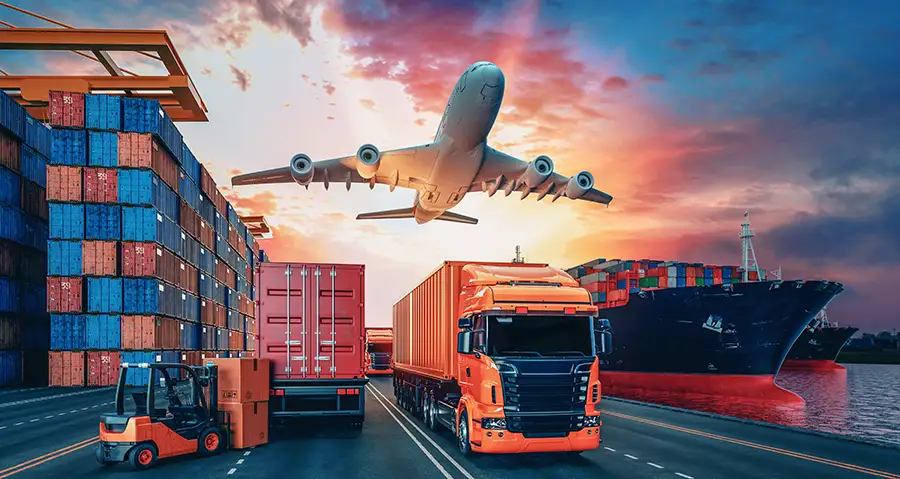Cargo logistics is the process of transporting goods from one place to another. This process involves several steps, including planning, organizing, and controlling the movement of goods. It is a critical part of the supply chain and helps businesses to transport their products to customers, suppliers, and partners. In this article, we will explore the world of cargo logistics and discuss its importance, the various modes of transportation, and the challenges that logistics companies face.
Why is Cargo Logistics Important?
Cargo logistics plays a vital role in modern-day businesses. It helps companies to transport their products across different regions and countries. This, in turn, allows them to reach new markets and customers. Logistics companies are responsible for managing the entire transportation process, from picking up the goods at the point of origin to delivering them to their final destination. This involves coordinating with various stakeholders, such as shippers, carriers, and customs officials.
Modes of Transportation in Cargo Logistics
Logistics companies use different modes of transportation to move goods from one place to another. Each mode of transportation has its own advantages and disadvantages, and the choice of mode depends on factors such as distance, time, and cost.
Road Transport
Road transport is the most common mode of transportation used in cargo logistics. It involves transporting goods by trucks or vans. Road transport is suitable for short distances and small quantities of goods. It is also flexible and can reach remote areas. However, it is subject to traffic congestion and weather-related delays.
Rail Transport
Rail transport involves transporting goods by trains. It is a suitable mode of transportation for large volumes of goods and long distances. Rail transport is more cost-effective than road transport and is also more environmentally friendly. However, it is limited by the availability of rail lines and infrastructure.
Sea Transport
Sea transport involves transporting goods by ships or vessels. It is suitable for transporting large volumes of goods over long distances. Sea transport is the most cost-effective mode of transportation for international trade. However, it is also the slowest mode of transportation and is subject to weather-related delays.
Air Transport
Air transport involves transporting goods by airplanes. It is suitable for transporting high-value, time-sensitive goods. Air transport is the fastest mode of transportation and is also the most expensive. It is subject to strict security regulations.
Challenges in Cargo Logistics
Logistics companies face several challenges in transporting goods. Some of the common challenges include:
Capacity Constraints
Logistics companies may face capacity constraints due to limited infrastructure, such as roads, ports, and airports. This can lead to delays and higher transportation costs.
Security Concerns
Transporting goods can be risky due to theft, damage, and other security concerns. Logistics companies need to take measures to ensure the safety and security of the goods they transport.
Customs and Regulatory Compliance
Logistics companies need to comply with various customs and regulatory requirements when transporting goods across borders. This can be complex and time-consuming, leading to delays and additional costs.
Infrastructure Issues
Logistics companies need to have access to proper infrastructure, such as warehouses and distribution centers, to manage the transportation process effectively. This can be a challenge in remote or underdeveloped areas.
Best Practices in Cargo Logistics
To overcome the challenges in cargo logistics, logistics companies can adopt best practices, such as:
Collaboration and Communication
Logistics companies need to collaborate and communicate effectively with their partners and stakeholders to ensure smooth transportation. This involves sharing information, setting clear expectations, and resolving issues promptly.
Risk Management
Logistics companies need to identify and manage risks effectively to ensure the safety and security of the goods they transport. This involves taking measures to prevent theft,

